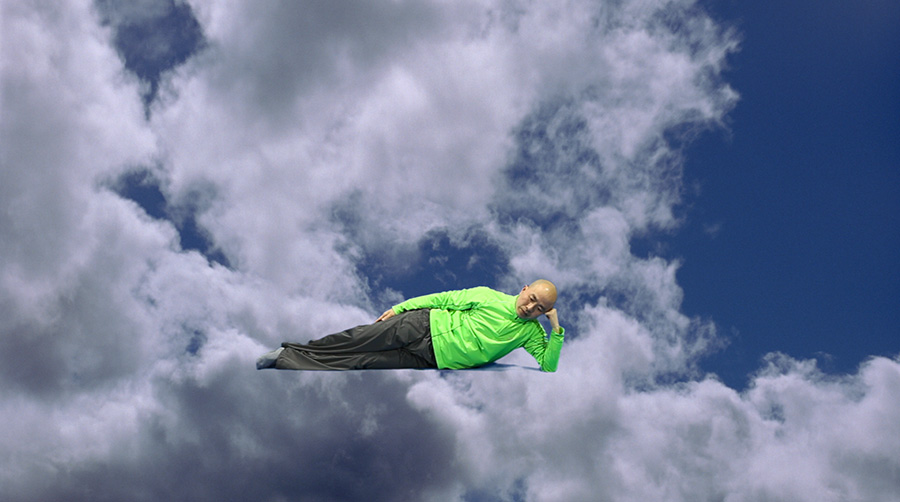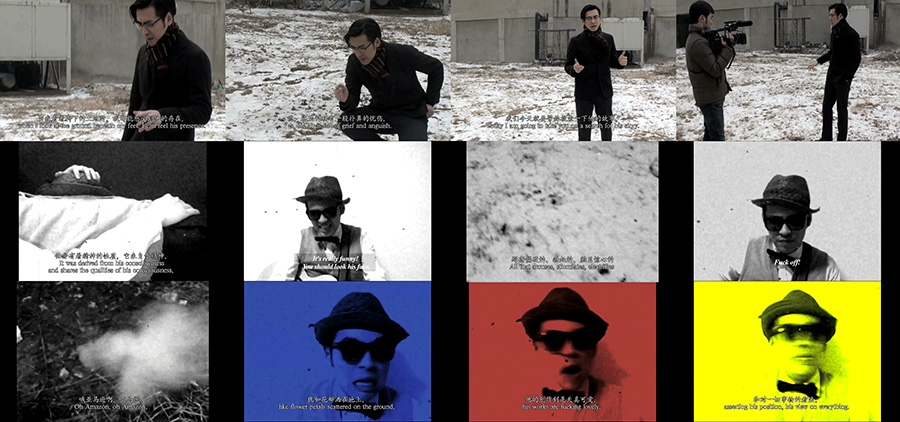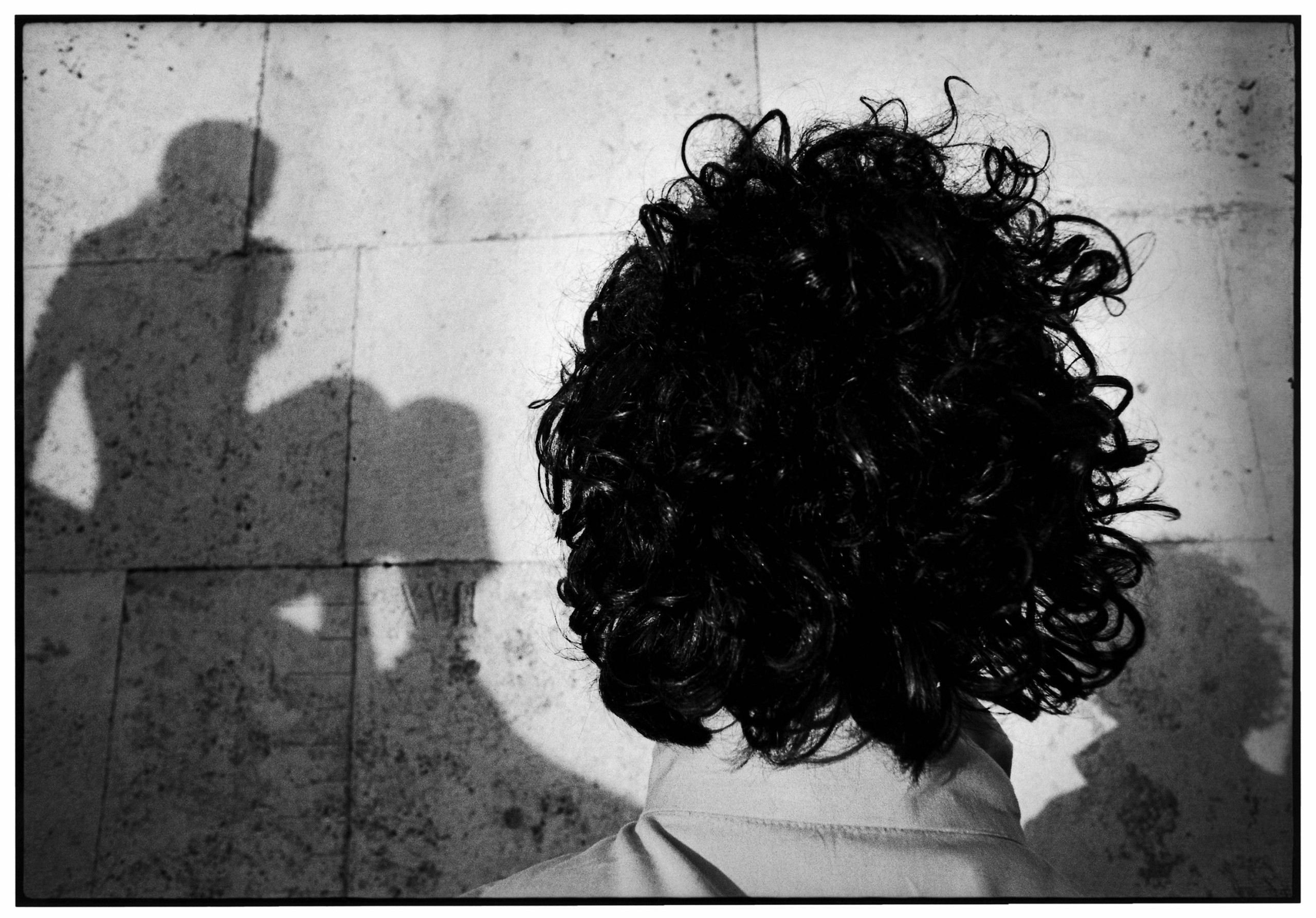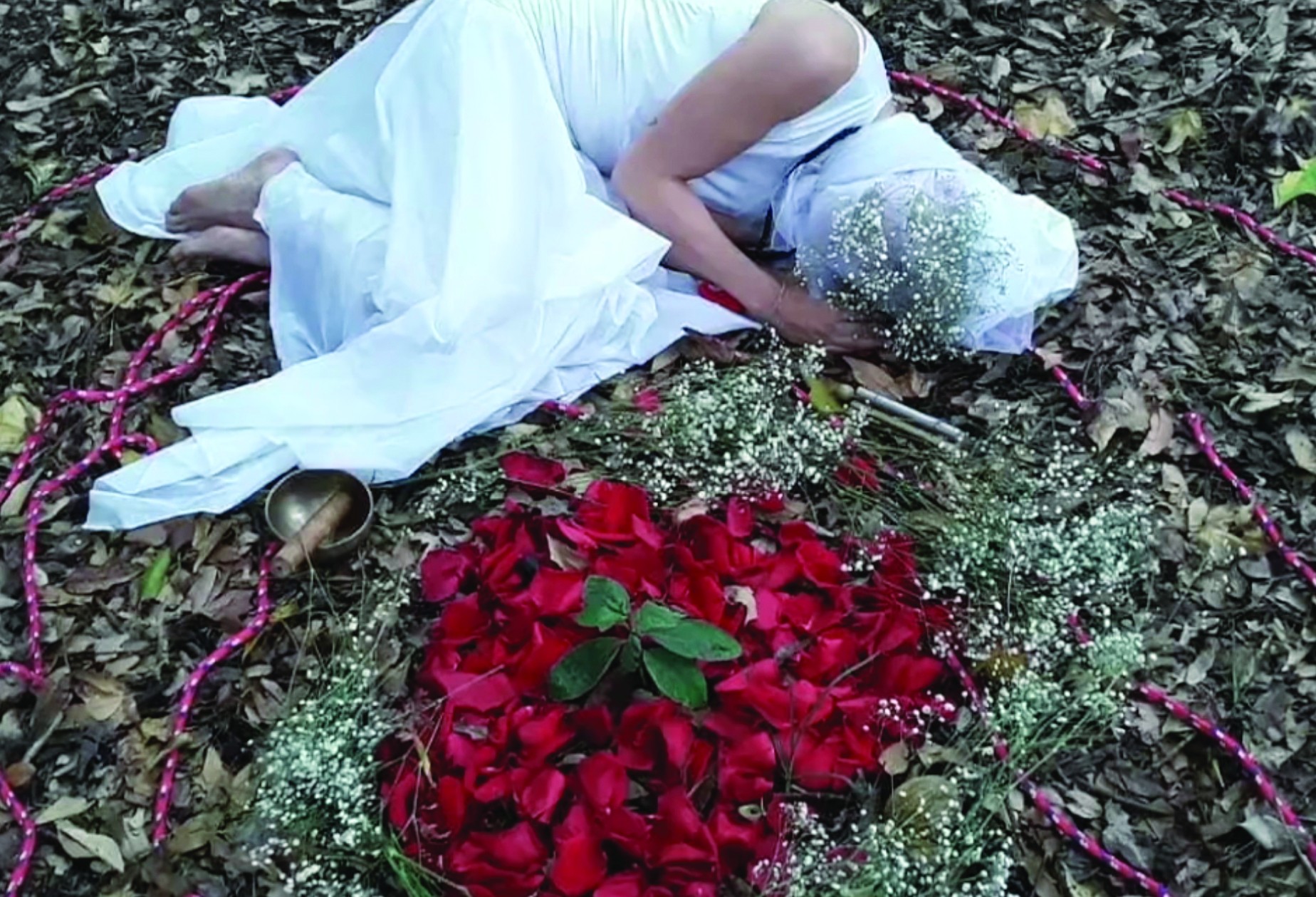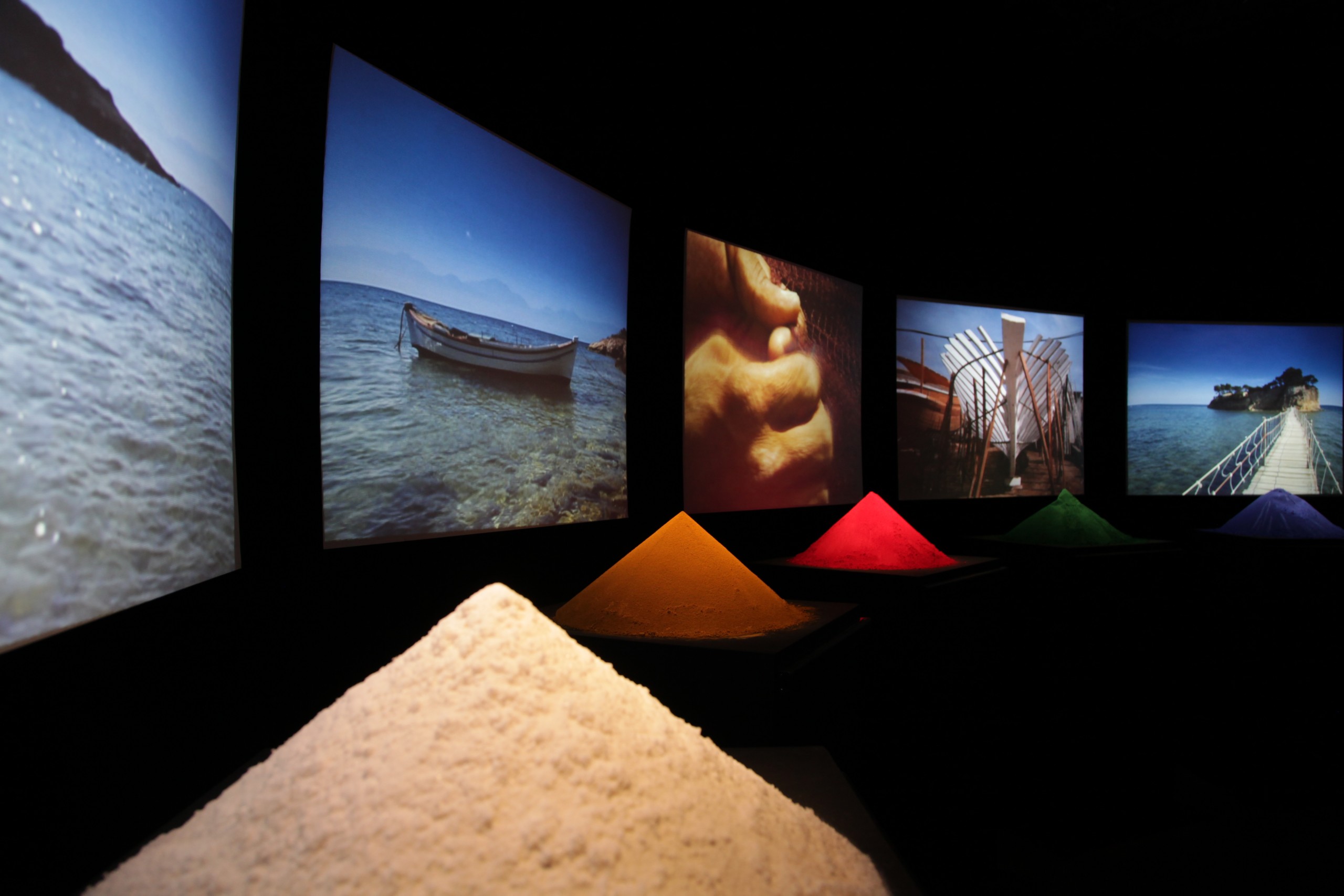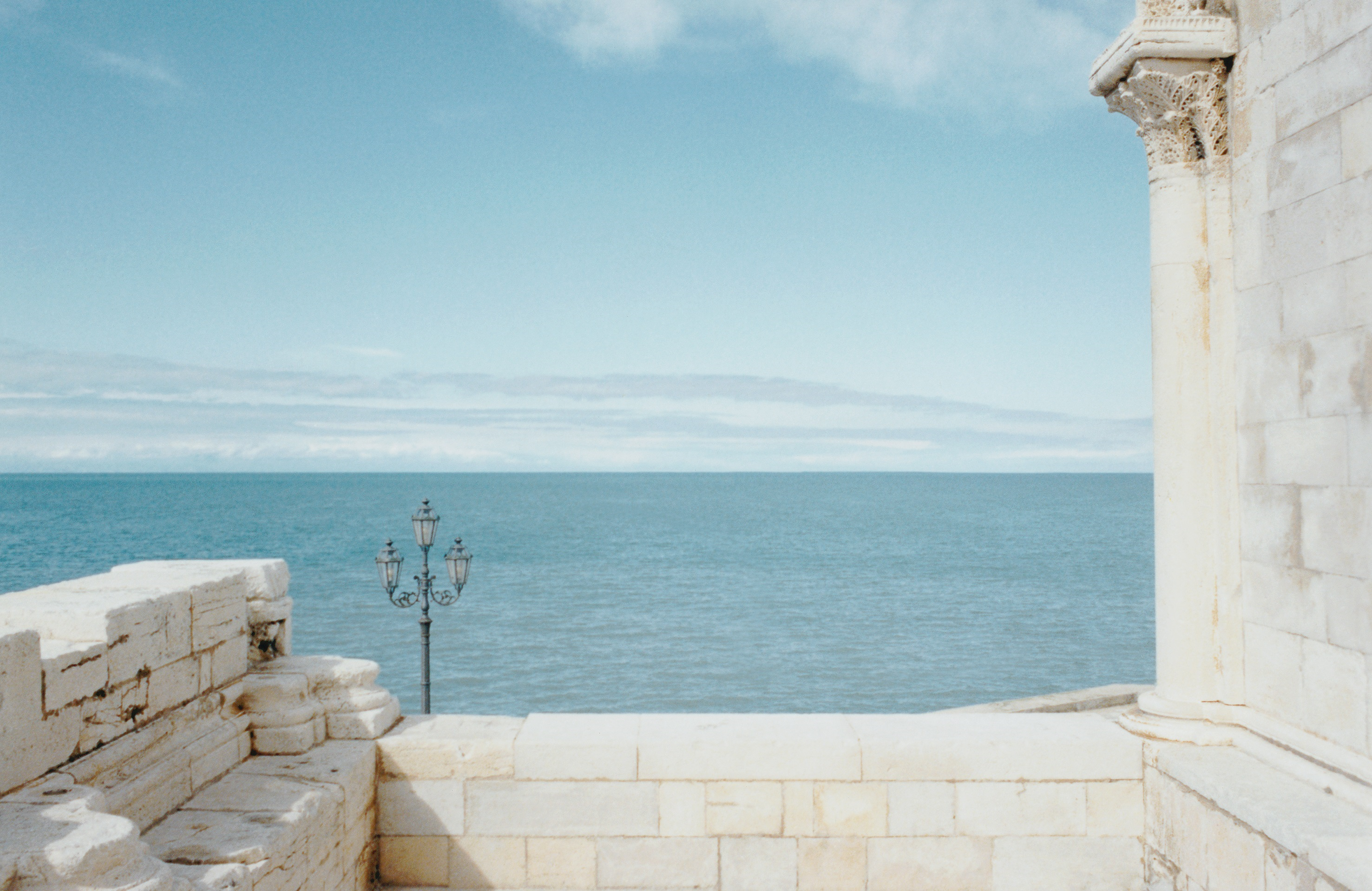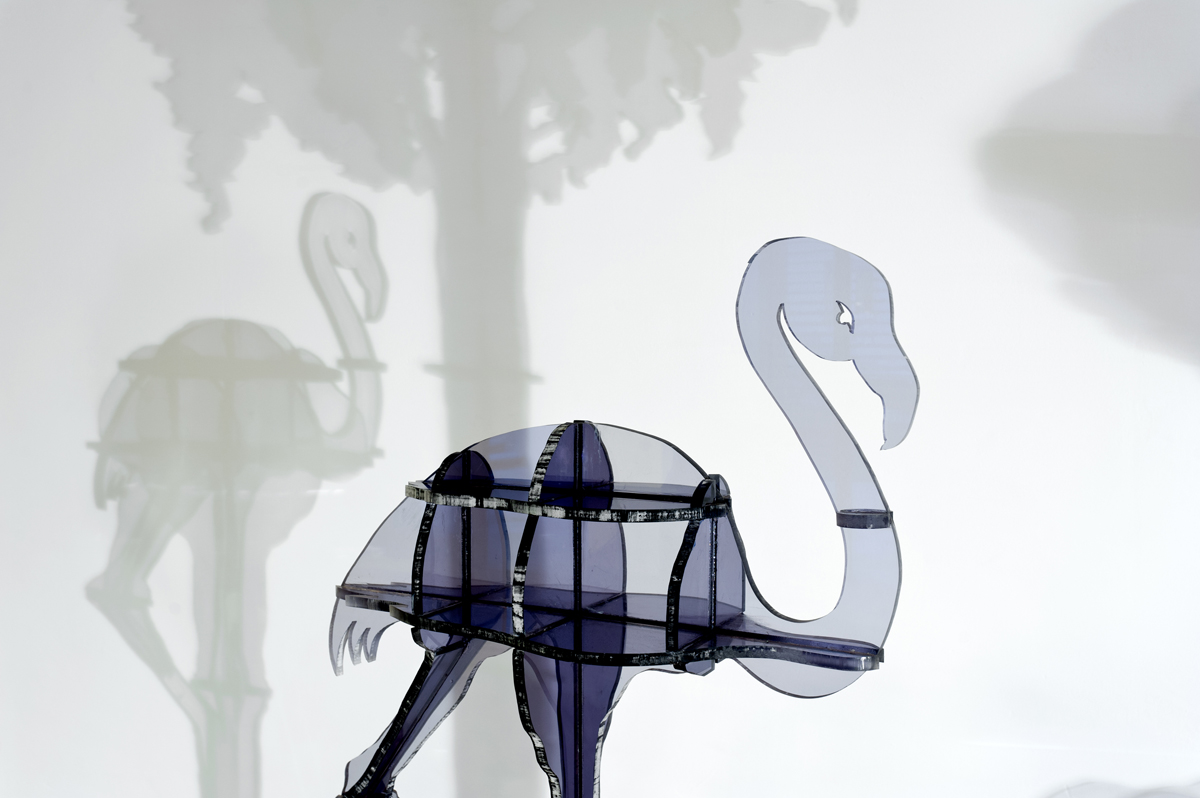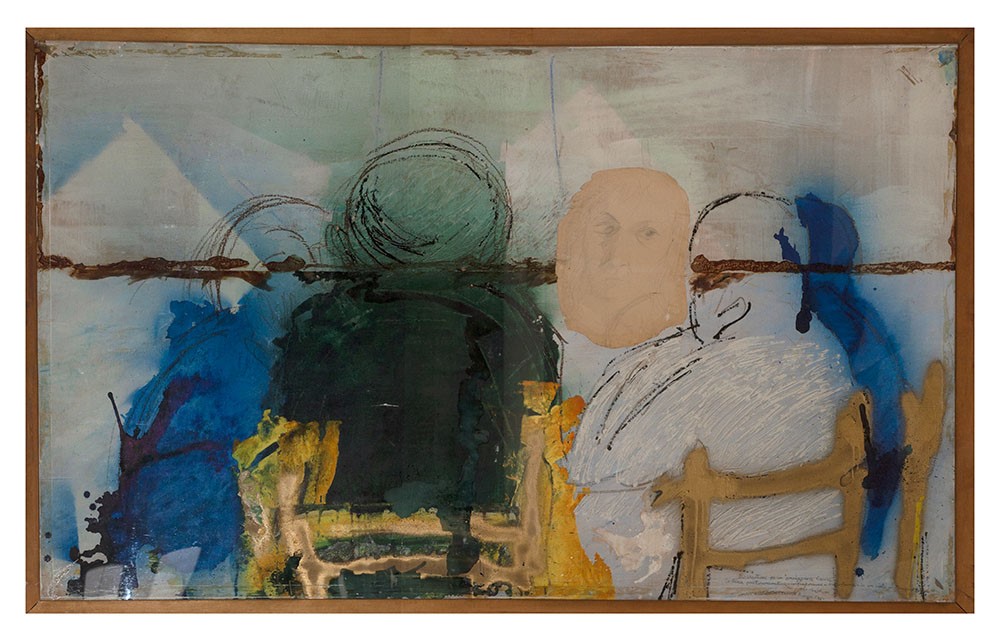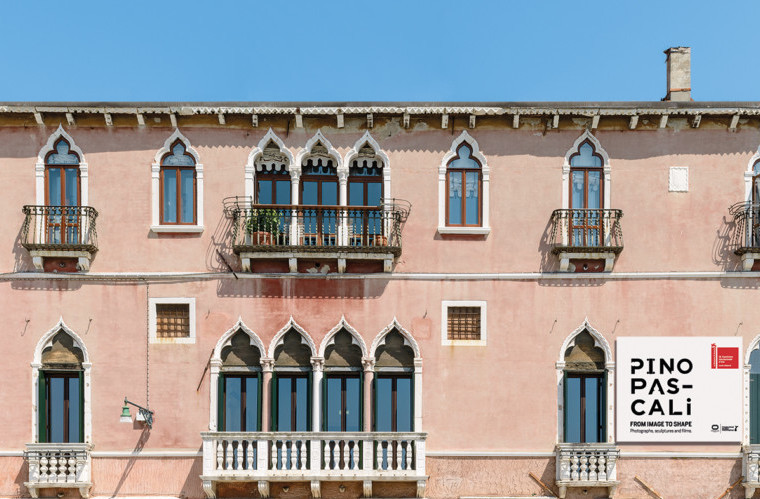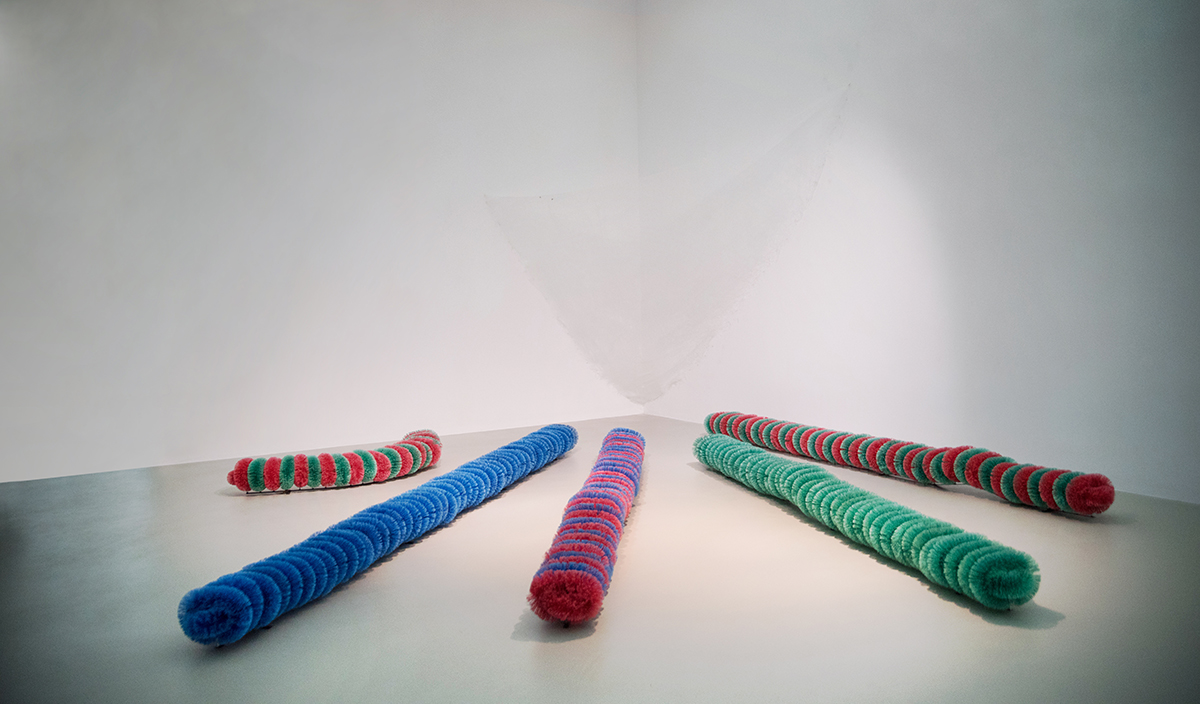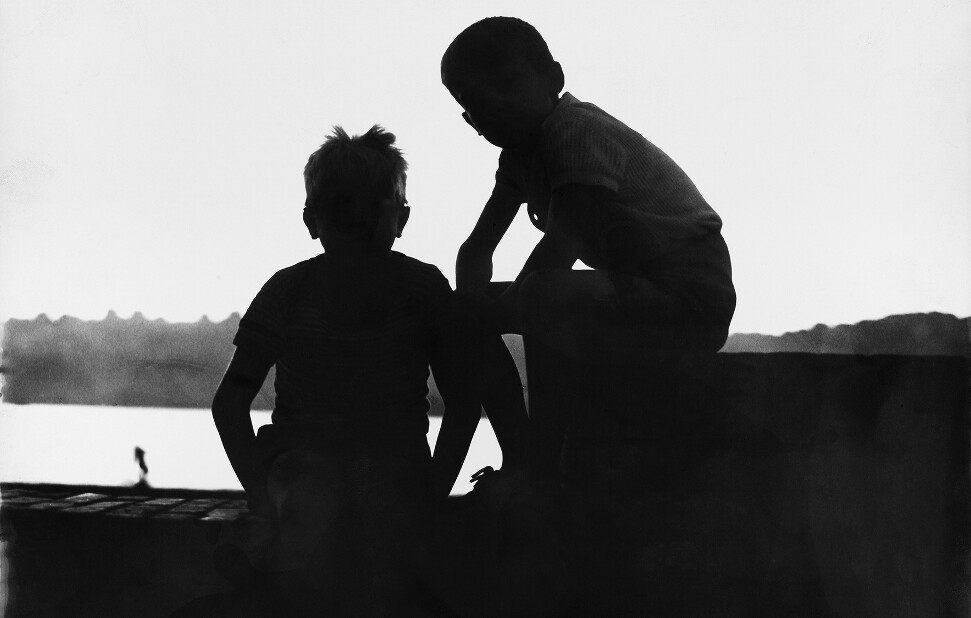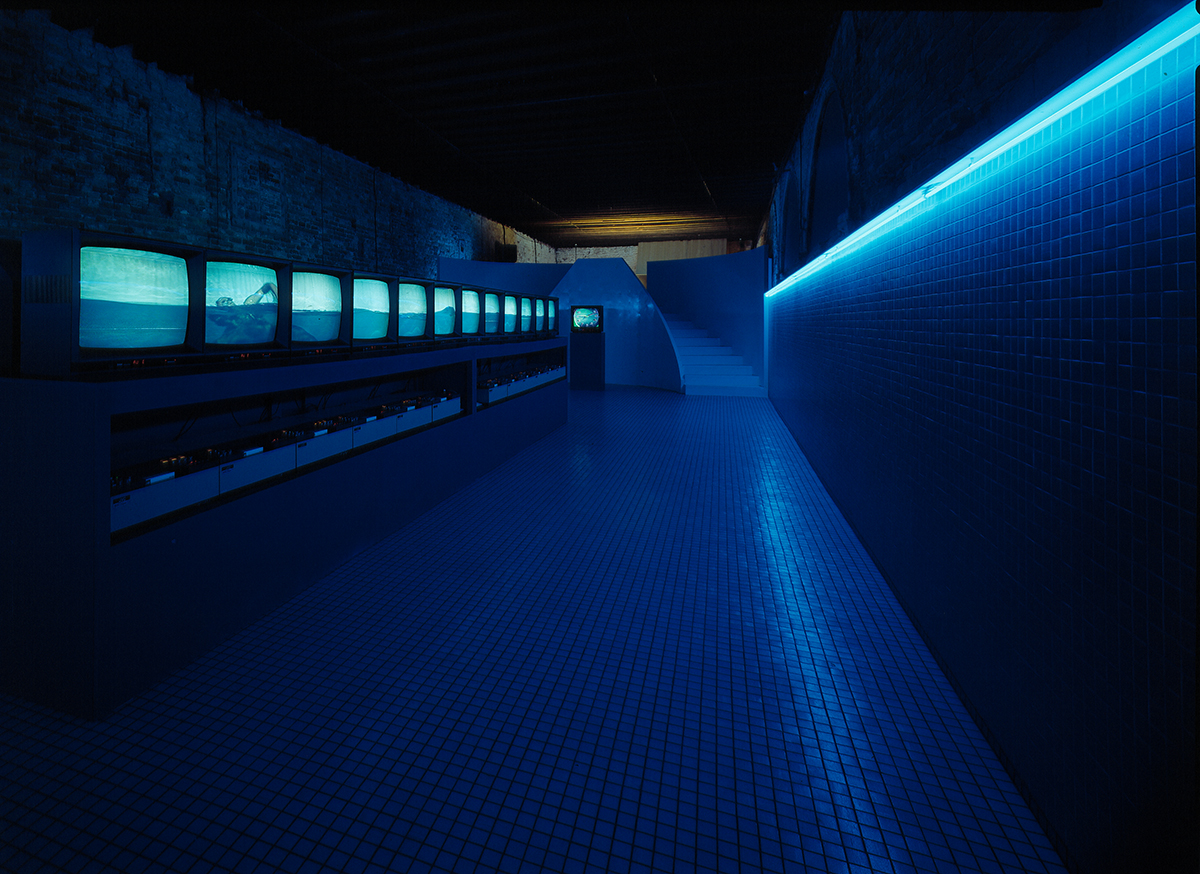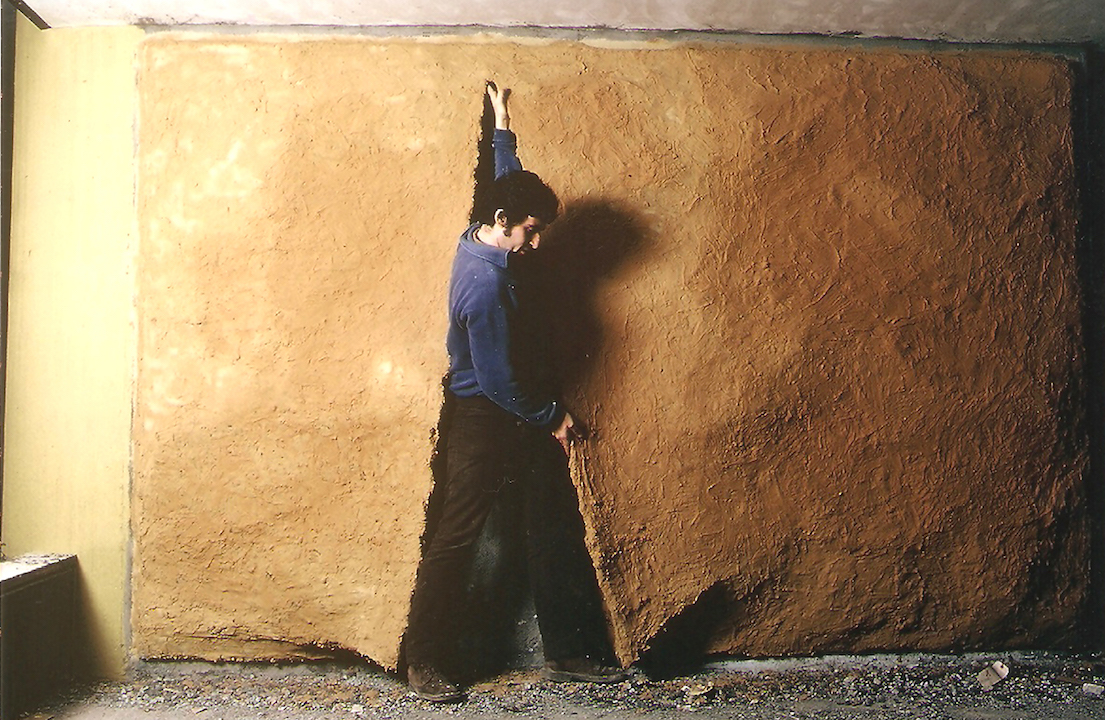Moving Images and A User’s guide from China
21st May at 7 pm
The Pino Pascali Foundation continues the intercultural project started with the ongoing exhibition “Convivium”. The 21st of May at 7 pm it launches TUTORIALS, a project on Chinese video art, curated by Mariagrazia Costantino which involves thirteen artists and just as many ways of understanding everyday life. The artists are: Guan Xiao, Fang Lu, Li Ming, Li Ran, Lin Ke, Liu Chuang, Liu Shiyuan, Lu Yang, Ma Qiusha, Tao Hui, Ye Linghan, Yu Honglei and Xu Zhen (MadeIn Company)
From the 21st of May at 7 pm Chinese video art will be focus of the project curated by Mariagrazia Costantino, independent critic and curator as well as art director of OCAT in Shanghai from 2012 to 2015. The title of the project is Tutorials – Moving images and a User’s Guide from China, and it will involve artists such as Guan Xiao, Li Ming, Li Ran, Lin Ke, Fang Lu, Liu Chuang, Liu Shiyuan, Lu Yang, Ma Qiusha, Tao Hui, Ye Linghan, Yu Honglei and Xu Zhen (MadeIn Company) who will present thirteen different, ironical and fun ways of seeing and explaining the world and reality, also through provocation, but with the aim of identifying and involving the interlocutor.
A “tutorial” is technically an on-line lesson which uses certain strategies and conventions to illustrate specific contents. One of the most common ways of making tutorials or guides consists in filming oneself while doing what the person does best in order to produce a video that will then be uploaded on YouTube and shared with followers on the different social networks.
The most bizarre “tutorials” are on “ How to be kids again; How to be graciously crazy; How to be pretty and popular in middle school; How to eat faster; How to be “ That girl”; How to get people to believe you are an alien; how to get obsessed by something” and so on.
The artists in this exhibition apply the same principle and similar techniques, but make fun of the concept of “tutorial”and reach different conclusions which are often quite critical.
‘ These artists were born in a country which, as the cradle of Confucianism, has given a great deal of importance to the relationship pupil-teacher’ – the curator, Mariagrazia Costantino explains – ‘they have grown up in an era during which knowledge is available to everyone, including practical knowledge, but in the endemic form of tutorials. For thousands of years education in China was based on the confucian approach built on the absolute respect for teachers. However, today the country struggles to find suitable ways to hand down knowledge… But the point is: what kind of knowledge are we referring to? The race for new growth targets dictates that we periodically revisit what we held as true “before” as well as regularly resorting to tutorials which, despite not having any apparent or immediate practical use, represent a model and guidance to young people.
These artists, mostly born in the mid 1980s, are among the most interesting figures in China today, their works are being exhibited in Europe, the United States and Asia.
This project is part of Pino Pascali Foundation’s collection “An Eye on the World”, a series of exhibitions which have brought to Polignano a Mare the works of American, Israeli, Iranian, Japanese and Chinese artists.
The artists:
Fang Lu (1981) is the co-founder of the Video Bureau, an independent archive based in Beijing and Canton. It turns social and political phenomena into theatre performances, exalting reality and isolating its meaning in order to reach a primary symbolic core in which everything becomes a ritual.
Guan Xiao (1983) is famous for her multimedia works which include web material, but also installations and sculptures. She often uses her voice to directly involve the audience and resorts to multichannel videos to evoke the ways in which the human vision separates and recomposes images that are in front of us. She has participated in numerous European kermesses such as the Lyon Biennale, the London ICA and the Jeu de Paume in Paris.
Ye Linghan (1985) has studied mural painting and drawing. His artistic research shows a constant interest in the degenerative aspects of society, in the power of money and its connection with building space.
Li Ming (1986), is one of the most conceptual artists in Asia at present. He stages absurd acts and tragicomical situations. In the two videos exhibited, the artist expresses his fascination for objects that are apparently insignificant such as the protective films for smartphone screens or a plastic megaphone, to demonstrate how these objects act as mediators between our eyes ( and hands) and the world.
Li Ran (1986) has presented his works in prestigious museums in Berlin, New York, Geneva, Houston and San Francisco. His art focuses on videos and performance which the artist uses in order to understand recurrent aspects of modernity. The exhibited video analyses the “all-purpose television documentary” highlighting its predictability and patronising tone.
Lin Ke (1984) contaminates and cross-matches multimedia languages and supports starting from his computer- used as office and archive- so that videos may be seen as performance. In order to do that, he borrows elements from the universe of softwares and applications so as to create a new global aesthetics.
Liu Chuang (1978) is a conceptual artist who tries to overthrow social standards with worldly objects. He studies social conventions to then bring them down. In the exhibited video he focuses on manipulations men undermine nature with in order to meet mistaken concepts of “beauty”.
Liu Shiyuan (1985) works with photography, video, performance and collage. She uses everyday objects and pre-existing images which are to be found between fiction and reality. She has successfully presented her works at the Louis Vuitton Foundation in Paris and at the Guggenheim in New York and Asia.
Lu Yang (1984) combines different disciplines such as biology, neurology and religion in order to create a distinctive image that swings between religious iconography ( as in the exhibited video) and the aesthetics of video games and the acid colours typical of the electronic universe.
Ma Qiusha (1982). The core of this artist’s work is the body, life and its sufferings. The video here presented shows the personal connection between the artist and one of the most important symbols of modern China – Tian’anmen Square. She does not however dwell upon explicitly political aspects, rather on less evident elements such as the sound of the clock or the lamp posts on Chang’an Avenue.
Tao Hui (1987) uses videos to orchestrate estranging and allegorical events in order to cast doubt over public opinion. In the video filmed in Iran during one of his residencies, he has an Iranian actress making the confession of a famous Cantonese pop star, thus causing a short circuit between fiction and reality.
Xu Zhen (MadeIn Company) (1977) is a famous artist whose work often takes on the shape of provocative sculptures, installations and interventions. He uses sharp humour to approach social and political taboos of contemporary Asian and Western societies. The exhibited video “imitates”online gymnastics tutorials. However, its aim is to elevate the person spiritually rather than reaching the perfect body shape. Xu has exhibited his works all over the world also winning the prize as ‘Best Artist’ at the China Contemporary Art Award.
Info:
TUTORIALS – Moving Images and A User’s Guide from China.
Art Director Rosalba Branà
Curated by Mariagrazia Costantino
Opening: 21st May at 7pm
The exhibition will run until the 26th of June 2016
Opening hours: from Tuesday to Sunday 11 am to 1 pm / 5 pm-9 pm. Closed on Mondays.
Guided Tours available on request, tel. 080.424.9534 -333.2091920
(the ticket office closes 30 minutes before the museum- tickets are 2 euros plus reductions if applicable).
PINO PASCALI MUSEUM FOUNDATION
VIA PARCO DEL LAURO 119 – 70044 POLIGNANO A MARE (BA) – PH/fax: +39 080 4249534
www.museopinopascali.it
press: Santa Nastro +39 3928928522
snastro@gmail.com






